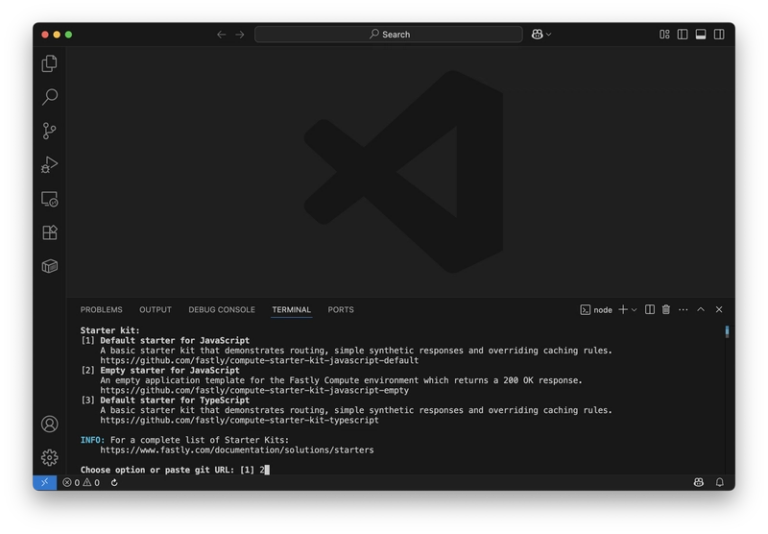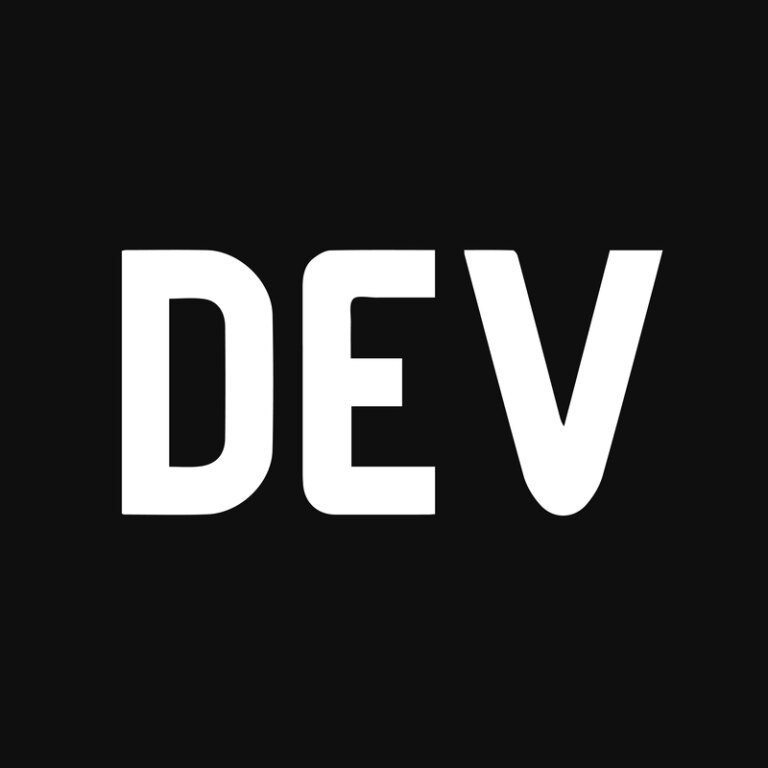How to Learn Faster Than Everyone You Know
The best developers I know aren’t naturally smarter—they just learn differently.
While most people treat learning like consumption, absorbing tutorials and documentation passively, fast learners treat it like construction. They build understanding actively, systematically, with clear feedback loops that accelerate mastery.
I’ve watched developers go from junior to senior in two years while others plateau after five. The difference isn’t talent or hours logged. It’s learning architecture—how they structure the process of turning information into capability.
Here’s what separates rapid learners from everyone else in the room.
The Problem with How Most Developers Learn
Most developers learn reactively. They encounter a problem, search for a solution, copy-paste code that works, then move on. This creates knowledge that’s shallow, fragmented, and context-dependent.
Reactive learning feels efficient because you get immediate results. But it creates technical debt in your brain. You accumulate solutions without understanding principles. You can follow tutorials but can’t adapt when requirements change.
Fast learners do the opposite. They learn proactively, building mental models that transfer across contexts. They don’t just learn how to solve specific problems—they learn how problems in a domain actually work.
This approach takes slightly more time upfront but creates exponential returns. Instead of learning React hooks, they learn state management patterns. Instead of memorizing API endpoints, they understand REST principles. Instead of copying algorithms, they grasp computational complexity.
The Four Levels of Learning Architecture
Think of learning like system design. You can build something that works, or you can build something that scales, adapts, and handles edge cases gracefully.
Level 1: Syntax Learning (What Most People Stop At)
This is learning the basic vocabulary of a language or framework. Variables, functions, classes, imports. You can write code that runs, but you’re essentially translating from English to code without understanding the underlying logic.
Most bootcamps and tutorials operate at this level. They teach you to recognize patterns and replicate them, but not why those patterns exist or when they break down.
Level 2: Pattern Recognition (Where Good Developers Live)
This is learning to see recurring structures across different codebases. MVC architecture, observer patterns, dependency injection. You start recognizing that most problems are variations on themes you’ve seen before.
Developers at this level can read unfamiliar codebases and understand their structure. They can debug systematically because they know where different types of problems typically hide.
Level 3: Mental Model Building (Where Fast Learners Operate)
This is understanding the principles that generate the patterns. Why does React use a virtual DOM? What problems does functional programming solve that object-oriented programming doesn’t? How do different database models trade off consistency, availability, and partition tolerance?
Mental models let you reason about trade-offs, predict behavior, and adapt to new contexts without starting from scratch.
Level 4: Meta-Learning (The Compound Effect)
This is learning how to learn more effectively within specific domains. Understanding which resources teach concepts most clearly. Knowing how to design practice projects that reveal edge cases. Recognizing which skills transfer and which are context-specific.
Meta-learners don’t just get better at individual technologies—they get better at getting better.
The Fast Learning System: DIVE
Here’s the framework that consistently produces rapid learning results:
D – Deconstruct the Domain
Before diving into syntax, map the conceptual territory. What problems does this technology solve? What are the core abstractions? How does it relate to things you already know?
Use research capabilities to quickly survey the landscape. Read multiple explanations of the same concept to identify the essential elements versus incidental details.
Spend 20% of your learning time understanding the “why” before focusing on the “how.” This context makes everything else stick better and transfer more broadly.
I – Implement Deliberately
Don’t just follow tutorials—design learning projects that force you to confront edge cases and make design decisions.
Instead of building another todo app, build something that requires the specific capabilities you’re trying to develop. Learning GraphQL? Build an API that needs complex queries. Learning React? Build something with non-trivial state management.
The key is deliberate practice—structuring your projects to push just beyond your current comfort zone while remaining achievable.
V – Verify Understanding
The fastest way to identify gaps in your understanding is to explain concepts to others or teach them publicly.
Write blog posts about what you’re learning. Answer questions on Stack Overflow. Give talks at meetups. Create documentation for projects you build.
Teaching forces you to organize your knowledge clearly and reveals assumptions you didn’t know you were making. Plus, the feedback helps you correct misunderstandings before they become ingrained.
E – Evolve the System
Track what learning methods work best for you and continuously optimize your approach.
Some people learn best through video courses, others through documentation, others through hands-on experimentation. Some need structured curricula, others learn better through problem-driven exploration.
Use analytics tools to identify patterns in your learning effectiveness. What conditions produce your best comprehension? What time of day? What sequence of activities?
The Compound Effect of Learning Architecture
When you optimize how you learn instead of just what you learn, several things happen:
Transfer becomes automatic. Skills learned in one context apply naturally to new contexts because you understand underlying principles.
Debugging becomes systematic. You can trace problems to their roots quickly because you understand how systems actually work.
Technology changes become opportunities. New frameworks and languages become variations on themes you already understand rather than complete mysteries.
Imposter syndrome diminishes. Confidence comes from understanding foundations rather than memorizing surface-level tricks.
Learning speed increases. Each new technology builds on solid mental models rather than starting from zero.
The Meta-Skills That Accelerate Everything
Beyond domain-specific learning, certain meta-skills multiply your learning effectiveness across all technologies:
Systems Thinking: Understanding how components interact within larger architectures. This helps you predict side effects, design better interfaces, and troubleshoot complex problems.
Abstraction Recognition: Seeing the same patterns at different levels of complexity. Database normalization and React component composition use similar principles at different scales.
Mental Model Debugging: Noticing when your understanding breaks down and systematically filling the gaps rather than working around them.
Analogical Reasoning: Connecting new concepts to things you already understand deeply. “GraphQL is like SQL for APIs” isn’t just a clever comparison—it’s a cognitive bridge that accelerates comprehension.
The Questions That Accelerate Learning
Fast learners ask different questions than slow learners:
Instead of “How do I make this work?”
Ask: “Why was this designed this way? What problems does this approach solve and what problems does it create?”
Instead of “What’s the syntax for X?”
Ask: “What’s the mental model behind X? How does it relate to similar concepts in other technologies I know?”
Instead of “Can someone help me debug this?”
Ask: “What hypotheses can I form about why this isn’t working? How can I test these hypotheses systematically?”
Instead of “What should I learn next?”
Ask: “What underlying principles would unlock multiple surface-level skills? What gaps in my mental models are creating friction?”
The Learning Stack That Scales
Just as you’d architect a system for scalability, architect your learning for compound returns:
Foundation Layer: Core computer science concepts that transfer across all technologies. Data structures, algorithms, system design principles.
Pattern Layer: Common architectural patterns that appear everywhere. MVC, pub/sub, state machines, dependency injection.
Technology Layer: Specific frameworks and languages that implement these patterns in different ways.
Application Layer: Domain-specific knowledge for the problems you’re trying to solve.
Most people start at the technology layer and wonder why everything feels so disconnected. Fast learners build from the foundation up, creating knowledge that integrates rather than fragments.
The Practice That Changes Everything
Here’s the single practice that will accelerate your learning more than any other: Active Retrieval.
Instead of re-reading documentation or watching tutorials passively, force yourself to recall information without looking it up. Instead of copying code examples, try to recreate them from memory. Instead of following step-by-step guides, try to solve problems with only high-level direction.
This feels harder because it is harder. But the difficulty creates durability. Information retrieved from memory becomes more accessible than information merely recognized.
AI tutoring systems can create custom retrieval practice sessions, generating questions that test your understanding at the right level of difficulty.
The Compound Advantage
Learning faster than everyone you know isn’t about working more hours or having better natural ability. It’s about systematically optimizing how you turn information into understanding and understanding into capability.
When you build learning architecture instead of just accumulating random knowledge, every new skill builds on previous skills. Every technology you master makes the next one easier. Every concept you truly understand becomes a foundation for deeper learning.
The developers who seem impossibly quick to pick up new technologies aren’t superhuman. They’ve just built better systems for learning. They’ve learned how to learn, not just what to learn.
Your learning speed isn’t fixed. It’s just unoptimized.
The question isn’t whether you can learn faster—it’s whether you’re willing to treat learning itself as a skill worth developing systematically.
Rapid learning requires both effective methods and intelligent tools. Explore learning optimization that can help you build knowledge more systematically and efficiently.
-Leena:)


